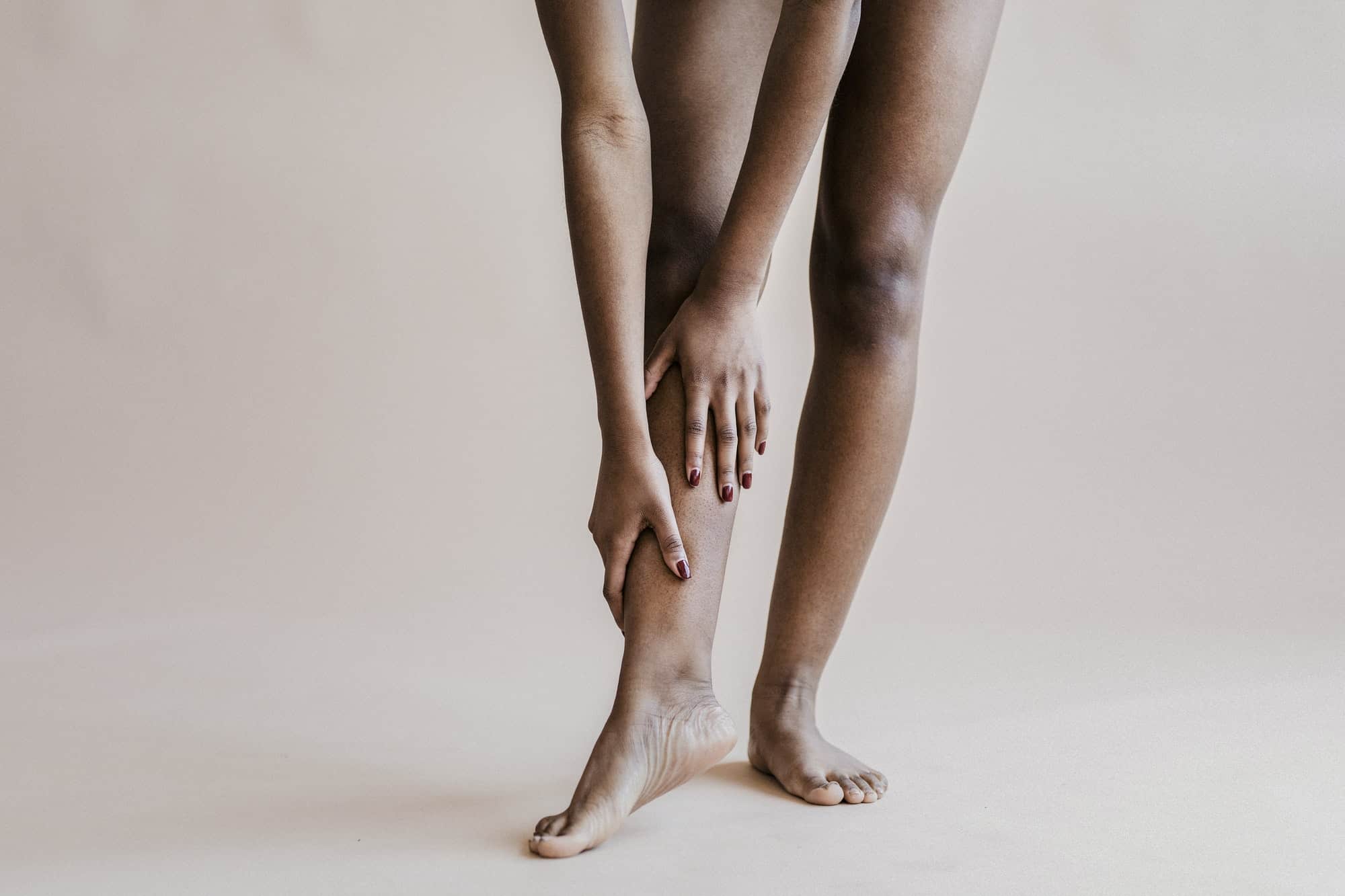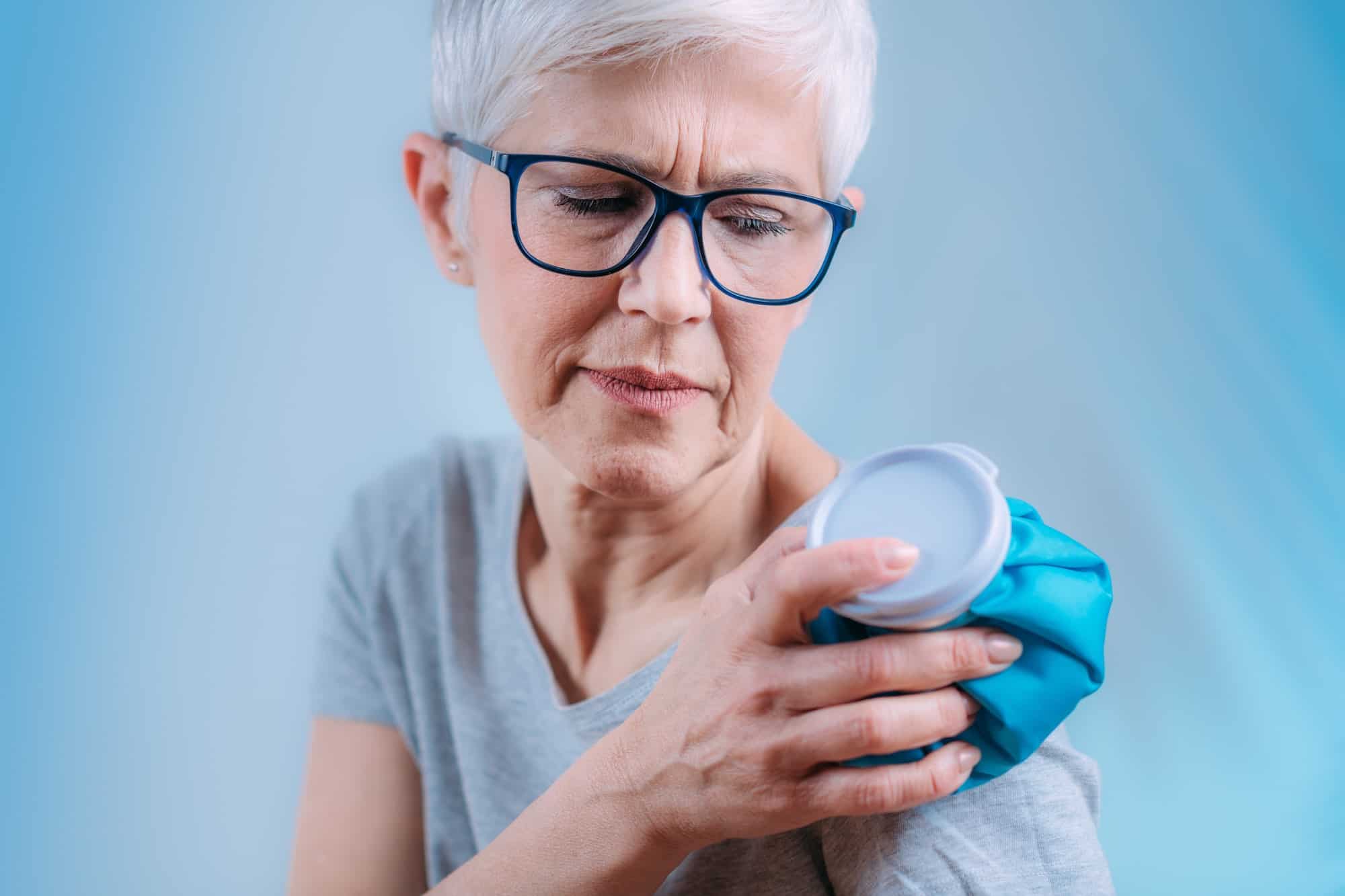Why a 4-part Series on Lymphedema?
“How do I prevent lymphedema?”
In my nearly 13 years of working in cancer rehabilitation, this continues to be one of the most common questions I get from my clients. Unfortunately, this question is often fuelled by fear and anxiety that has, in part, been created by the shocking amount of misinformation and extreme generalizations created by internet sites showing pictures of “worst-case scenarios.”
What is Lymphedema?
Lymphedema is an abnormal build-up of lymphatic fluid in the tissues that leads to progressive and lifelong swelling. It occurs when the lymphatic system cannot function properly, either due to malformation or damage of a part of the lymphatic system. Lymphedema can happen anywhere in the body, but it is most common in the arms and legs.
There are two types of lymphedema:
- Primary Lymphedemais caused by a developmental abnormality to the lymphatic system. Symptoms may present immediately at birth or later in life (most commonly around puberty).
- Secondary Lymphedema is the result of physical trauma to the lymphatic system after birth. The most common causes are surgery (e.g. lymph node biopsies or dissections), radiation therapy, cancer itself (if directly blocking the lymphatics), and infection.
Why does Lymphedema Prevention Matter…
it’s just a bit of Swelling Right?
Though the research surrounding lymphedema treatment continues to evolve, there is currently no cure for lymphedema. If left untreated, lymphedema will likely progress over time. This progressive congestion can have a negative impact on tissue blood flow, can increase the risk of developing an infection and can slow wound healing. In addition, the potential discomfort of untreated lymphedema can have a significant impact quality of life.
Where can Lymphedema Develop?
As mentioned earlier, lymphedema can develop anywhere in the body; it is very dependent on where the lymphatic system has been damaged. In the case of cancer treatments, knowing where your lymphatic system was compromised is crucial for knowing where you are at risk of developing lymphedema.
This is where my earlier explanation of watershed lines becomes important as lymph nodes “drain” fluid from a specific region of the body.
Here’s a breakdown to make it simpler:
Lymph Nodes Removed
(either a sentinel node biopsy or lymph node dissection)
Areas at Risk of Developing Lymphedema
Right armpit (axilla)
Right arm, hand, chest and upper back
Left armpit (axilla)
Left arm, hand, chest and upper back
Right groin (inguinal)
Right leg, foot, lower abdomen, low back/buttock and genitals
Left groin (inguinal)
I cannot stress the above information enough. Many of my clients do not realize that their breast/chest, torso, hips/buttock and genitals can develop lymphedema (depending on the location of the lymph node dissection.) We are NOT just talking about arms and legs.
How is Lymphedema Treated?
Complete Decongestive Therapy (CDT) is the “gold standard” for treatment. A Certified Lymphedema Therapist (CLT) will use the 4 pillars of CDT to help their clients treat and manage their symptoms.
This includes:
- Compression therapy
- Manual lymph drainage
- Exercise
- Skin care and self-care
In addition, education about self-care and lifestyle modifications (if required) are also part of an ongoing plan to manage symptoms. With treatment and the support of an informed healthcare team, excellent quality of life can be maintained and more serious health concerns can be avoided. Lymphedema can be treated at any stage, but the sooner it is identified, the easier it is to treat.
Your next steps…
Click HERE for part 3 of this series: Reducing your Risk of Lymphedema
Want to learn what YOU can do to reduce your lymphedema risk?
Disclaimer – These blogs are for general information purposes only. Medical information changes daily, so information contained within these blogs may become outdated over time. In addition, please be aware that the information contained in these blogs is not intended as a substitute for medical advice or treatment and you should always consult a licensed health care professional for advice specific to your treatment or condition. Any reliance you place on this information is therefore strictly at your own risk.





